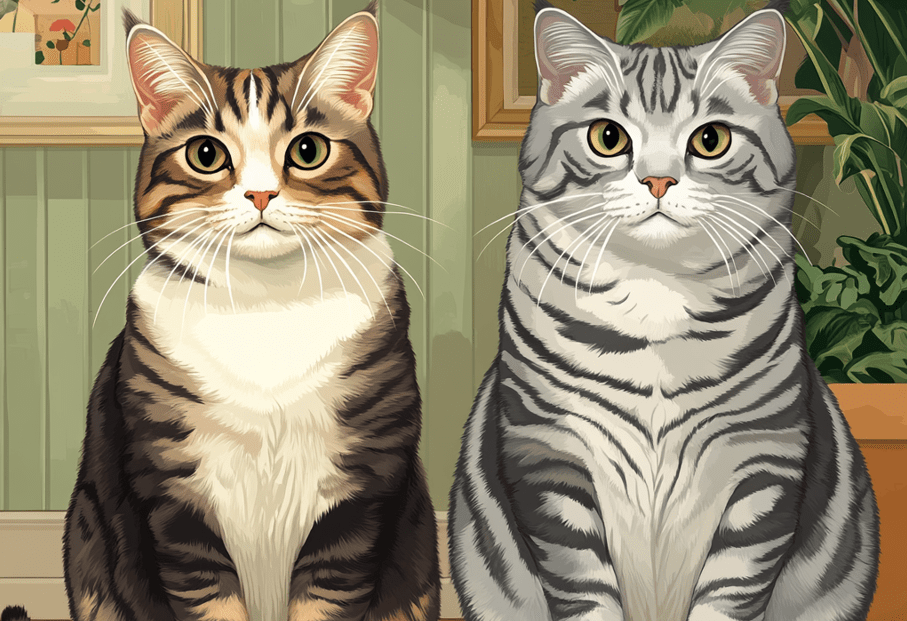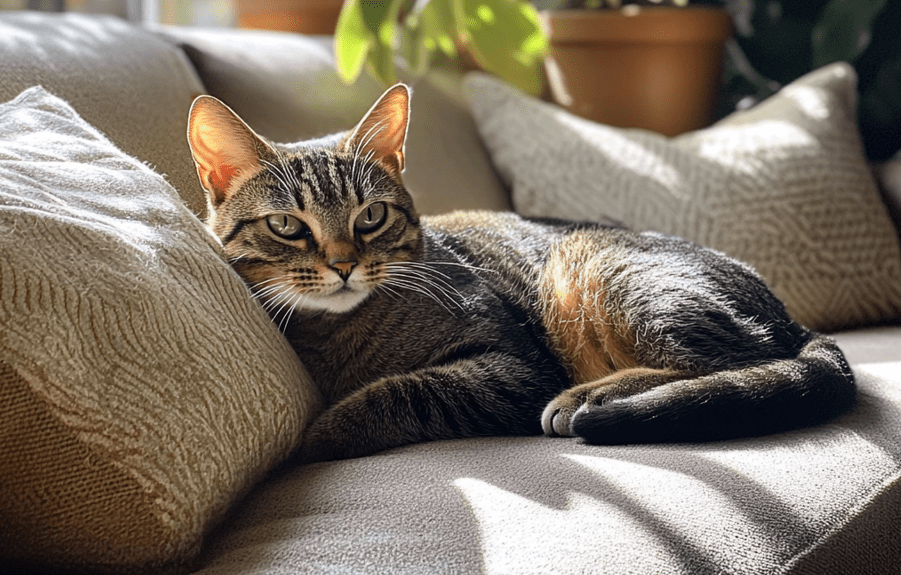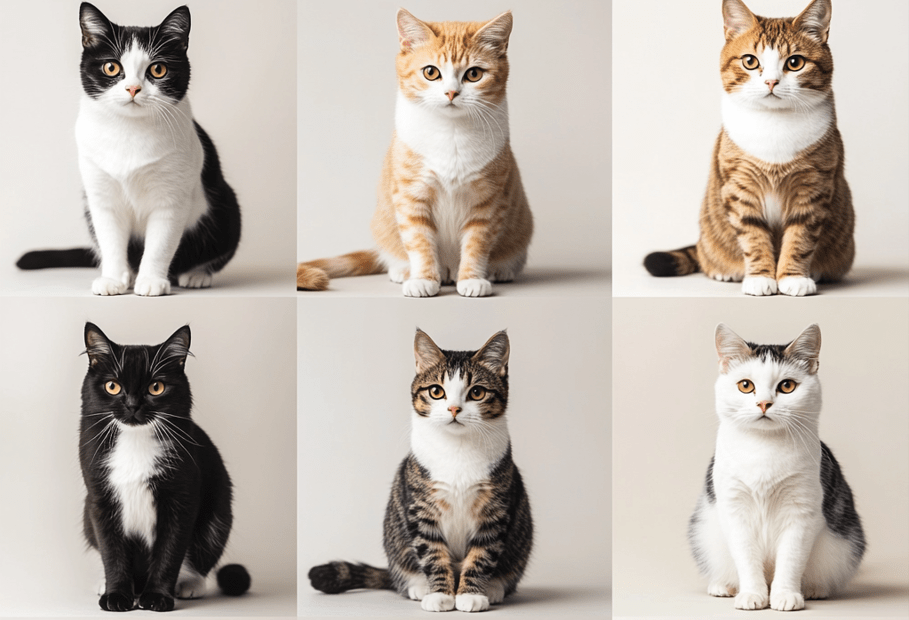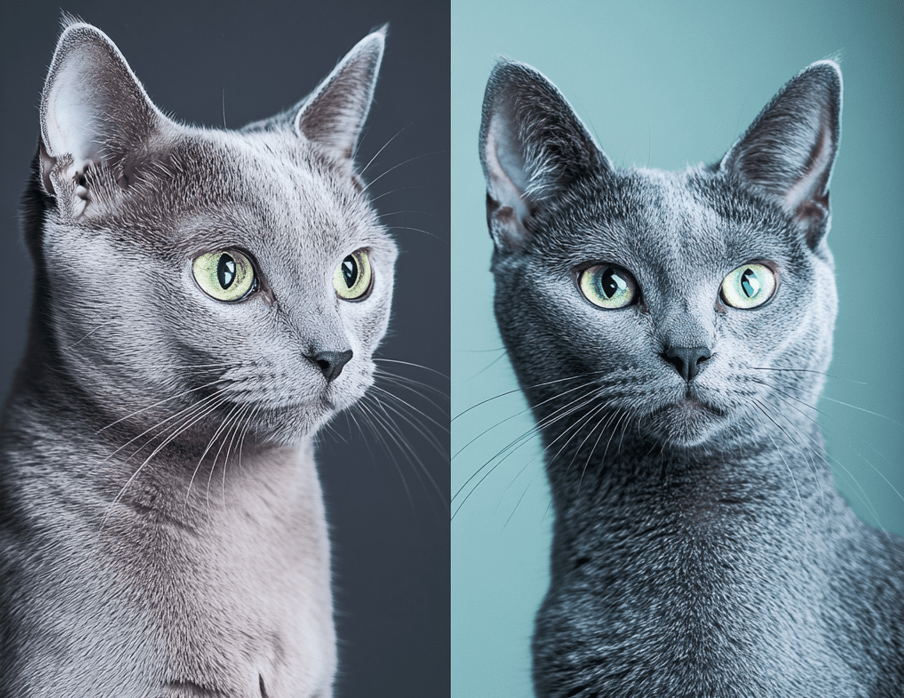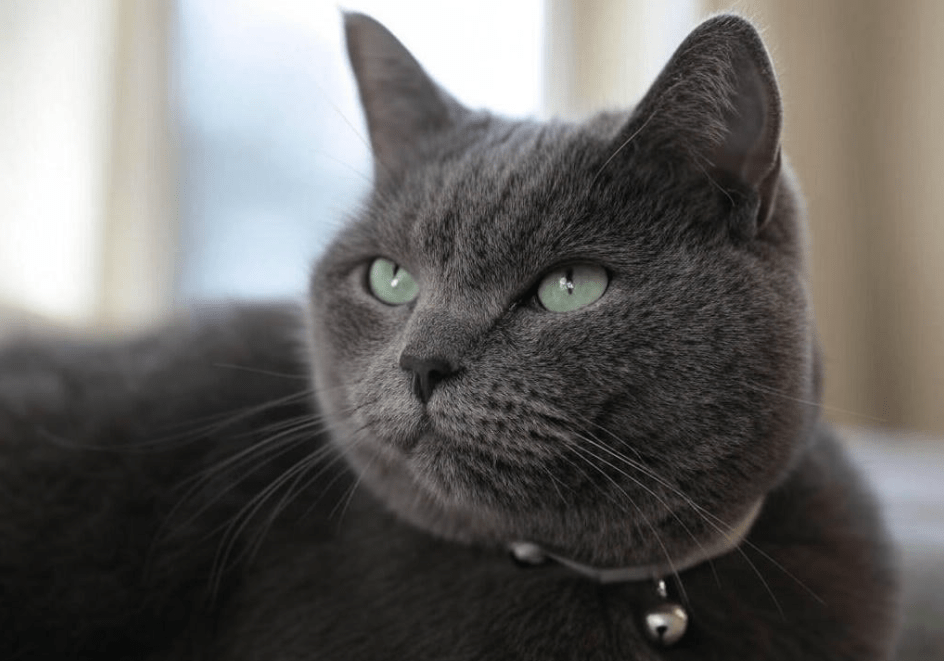
If your Domestic Shorthair avoids water, you may be concerned about their hydration and overall health. Domestic Shorthairs, with their playful and adaptable nature, can sometimes show disinterest in drinking water, leading to risks like dehydration or urinary tract issues. Understanding why your Domestic Shorthair avoids water and learning how to encourage hydration is essential for their well-being. This comprehensive guide explores the reasons behind this behavior, the importance of proper hydration, and practical, vet-approved strategies to ensure your cat stays healthy and hydrated.
The Importance of Hydration for Domestic Shorthairs
Water is vital for a Domestic Shorthair’s health, supporting digestion, temperature regulation, and organ function. Cats have a low thirst drive compared to other animals, a trait inherited from their desert-dwelling ancestors who obtained moisture from prey. However, inadequate water intake can lead to serious health issues, including:
Urinary Tract Problems: Low hydration increases the risk of urinary crystals, bladder stones, or feline lower urinary tract disease (FLUTD).
Kidney Issues: Chronic dehydration can stress the kidneys, potentially leading to kidney disease, especially in older cats.
Digestive Problems: Insufficient water can cause constipation or exacerbate sensitive stomachs.
General Health Decline: Dehydration symptoms like lethargy, sunken eyes, or dry gums can signal a need for immediate intervention.
Why Your Domestic Shorthair Avoids Water
Several factors may explain why your Domestic Shorthair avoids water. Identifying the cause is the first step to encouraging better drinking habits.

1. Instinctual Preferences
Cats evolved to prefer running water, as still water in the wild could be stagnant and unsafe. Your Domestic Shorthair may avoid a static water bowl because it doesn’t mimic the fresh, flowing water they instinctively seek.
2. Bowl or Water Quality Issues
Dirty Bowls: Residue or odors in water bowls can deter cats, who have sensitive noses.
Material Sensitivity: Plastic bowls can retain smells or cause chin acne, making your cat wary.
Water Taste: Tap water with chlorine or minerals may taste unpleasant to your Domestic Shorthair.
Bowl Placement: Bowls near litter boxes, food, or high-traffic areas may feel unappealing or unsafe.
3. Health Issues
Medical conditions can reduce water intake or make drinking uncomfortable:
Dental Problems: Painful teeth or gums can discourage drinking.
Kidney or Urinary Issues: Early kidney disease or urinary infections may alter drinking habits.
Nausea or Pain: Conditions like gastrointestinal issues or arthritis can make accessing water difficult.
4. Dietary Factors
Cats eating primarily dry kibble may not get enough moisture, yet still avoid water due to low thirst drive. Conversely, cats on wet food may drink less because they get hydration from their diet, though this doesn’t eliminate the need for fresh water.
5. Stress or Environmental Factors
Changes in the household, such as new pets, loud noises, or rearranged furniture, can make your Domestic Shorthair hesitant to approach their water bowl. Stress can also reduce their overall interest in drinking.
Risks of Inadequate Hydration
When a Domestic Shorthair avoids water, the consequences can be significant:
Dehydration: Symptoms include dry gums, lethargy, and reduced skin elasticity (test by gently pinching the skin on their neck; it should snap back quickly).
Urinary Tract Infections (UTIs): Concentrated urine from low water intake can lead to infections or blockages, especially in male cats.
Constipation: Insufficient hydration can cause hard, painful stools.
Chronic Kidney Disease: Long-term dehydration stresses the kidneys, a common issue in aging Domestic Shorthairs.
Pro Tip: Monitor your cat’s water intake by measuring how much water you put in their bowl daily and noting how much is left. Consult a vet if intake seems unusually low.
How to Encourage Hydration in Your Domestic Shorthair
Encouraging your Domestic Shorthair to drink more water involves addressing their preferences, environment, and health. Below are vet-approved strategies to promote hydration.
1. Invest in a Cat Water Fountain
Running water is highly appealing to Domestic Shorthairs due to their instinctual preference for fresh, moving water.
Choose a Quality Fountain: Look for a fountain with a quiet pump, easy-to-clean design, and a filter to keep water fresh (e.g., ceramic or stainless steel models).
Place Strategically: Position the fountain in a quiet, accessible area away from food and litter boxes.
Maintain Regularly: Clean the fountain weekly and replace filters as recommended to prevent buildup or odors.
Pro Tip: Introduce the fountain gradually, letting your cat explore it while it’s off before turning it on to avoid startling them.
2. Optimize Water Bowls
If a fountain isn’t an option, improve traditional water bowls to make them more inviting:
Use Wide, Shallow Bowls: Cats dislike their whiskers touching the sides, a condition called whisker fatigue.
Choose Pet-Safe Materials: Opt for stainless steel, ceramic, or glass, which don’t retain odors like plastic.
Keep Water Fresh: Refill bowls daily with filtered or bottled water to improve taste.
Multiple Bowls: Place several bowls around your home, especially in areas your cat frequents, like near windows or sleeping spots.
3. Enhance Water Appeal
Make water more enticing with these tricks:
Add Flavor: A splash of low-sodium chicken broth, tuna juice, or clam juice (in moderation) can attract picky drinkers. Ensure it’s free of harmful additives like onion or garlic.
Try Ice Cubes: Some Domestic Shorthairs enjoy batting at ice cubes in their water, which also keeps it cool.
Offer Different Temperatures: Experiment with room-temperature or slightly chilled water to find your cat’s preference.
Note: Use flavored water sparingly to avoid dependency or dietary imbalances.
4. Incorporate Wet Food into Their Diet
Wet food contains 70-80% moisture, significantly boosting hydration compared to dry kibble.
Choose High-Quality Wet Food: Look for brands with natural ingredients and no fillers, tailored to your cat’s needs (e.g., sensitive stomach or urinary health formulas).
Mix with Dry Food: If your cat prefers kibble, mix in small amounts of wet food to increase moisture intake.
Serve at Room Temperature: Slightly warm wet food to enhance its aroma, encouraging eating and hydration.
Pro Tip: Transition to wet food gradually over 7-10 days to avoid digestive upset.
5. Create a Stress-Free Environment
Stress can deter your Domestic Shorthair from drinking. Foster a calm atmosphere with these tips:
Provide Safe Spaces: Offer cat trees, perches, or hiding spots where your cat feels secure.
Maintain Routine: Consistent feeding, play, and litter box schedules reduce anxiety.
Use Pheromone Diffusers: Products like Feliway can calm stressed cats, making them more likely to drink.
Minimize Disruptions: Introduce new pets or changes gradually to avoid unsettling your cat.
6. Address Health Issues Promptly
If your Domestic Shorthair avoids water despite environmental changes, a veterinary checkup is essential. Your vet may:
Examine Dental Health: Treat dental disease or oral pain that discourages drinking.
Test for Medical Conditions: Bloodwork or urinalysis can detect kidney issues, diabetes, or urinary infections.
Prescribe Medications: Address underlying conditions or provide appetite stimulants if needed.
Pro Tip: Bring a list of symptoms (e.g., reduced drinking, lethargy, or urinary changes) to your vet appointment for a thorough evaluation.
7. Encourage Play Near Water Sources
Interactive play can stimulate thirst and make water sources more appealing:
Place Toys Near Fountains: Encourage exploration by placing a feather wand or ball near the fountain.
Use Water-Themed Toys: Some cats enjoy toys that mimic water, like floating balls, which can draw attention to drinking areas.
Play Before Feeding: A short play session can increase thirst, prompting your cat to drink afterward.
8. Monitor and Adjust Hydration Strategies
Track your cat’s water intake and behavior to assess what works:
Measure Water Consumption: Note how much water your cat drinks daily to establish a baseline.
Observe Litter Box Habits: Increased urination or changes in stool consistency can indicate improved hydration.
Rotate Strategies: If a fountain loses appeal, try flavored water or a new bowl to maintain interest.
Long-Term Hydration Management

Maintaining your Domestic Shorthair’s hydration is an ongoing commitment. These long-term strategies support consistent water intake:
Regular Veterinary Checkups: Annual or biannual exams catch early signs of kidney, urinary, or dental issues that affect drinking.
Balanced Diet: Ensure your cat’s diet includes adequate moisture, whether through wet food or a mix of wet and dry.
Environmental Enrichment: Keep your cat engaged with toys, perches, and play to reduce stress and promote overall health.
Clean Water Sources: Regularly clean bowls and fountains to prevent bacterial growth or off-putting odors.
Special Considerations for Domestic Shorthairs
Domestic Shorthairs’ diverse genetics mean their hydration needs and preferences vary. Consider these factors:
Kittens: Young cats may need encouragement to drink as they transition from milk to water.
Senior Cats: Aging Domestic Shorthairs are prone to kidney and urinary issues, making hydration critical.
Rescue Cats: Cats with unknown histories may have developed aversions to water due to past environments or health issues.
Pro Tip: Tailor hydration strategies to your cat’s age, health status, and personality, consulting your vet for personalized advice.
Common Mistakes to Avoid
When encouraging hydration, steer clear of these pitfalls:
Ignoring Dirty Bowls: Unclean bowls can harbor bacteria, deterring your cat from drinking.
Forcing Water Intake: Never force your cat to drink, as this can create negative associations.
Overusing Flavored Water: Excessive broth or tuna juice can unbalance their diet or reduce interest in plain water.
Assuming Wet Food Is Enough: Even cats on wet food need access to fresh water to support optimal hydration.
Conclusion
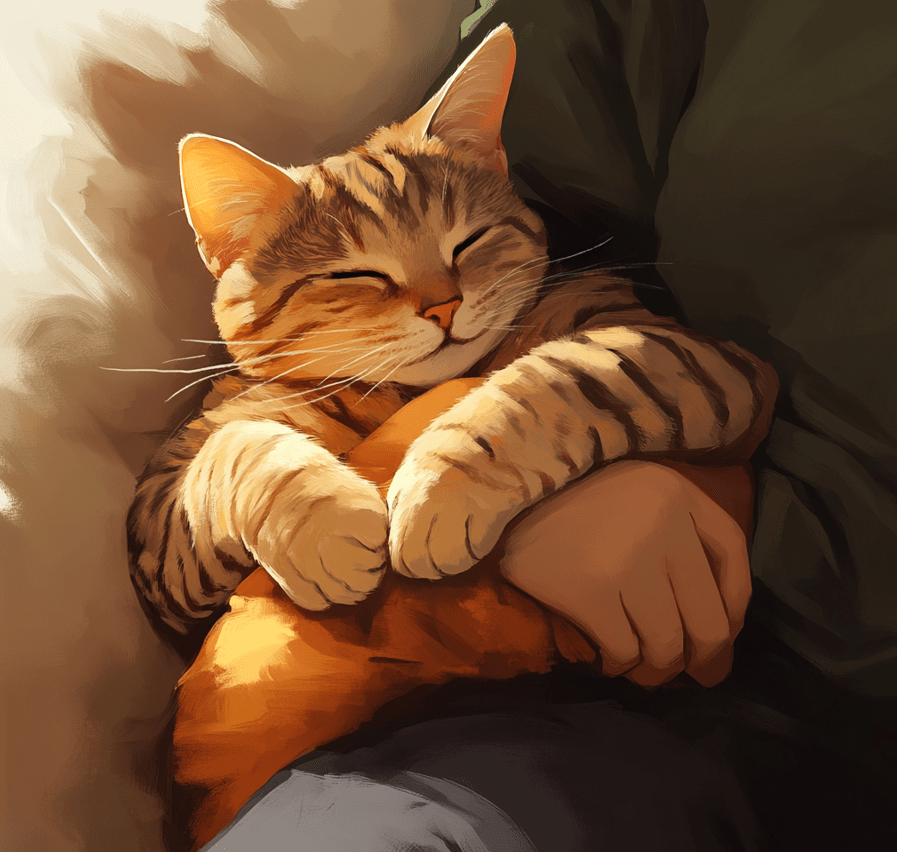
When your Domestic Shorthair avoids water, it’s a challenge that can be addressed with the right strategies and understanding. By offering cat fountains, optimizing bowls, incorporating wet food, and creating a stress-free environment, you can encourage consistent hydration and protect your cat’s health. Regular veterinary care, environmental enrichment, and careful monitoring further ensure your Domestic Shorthair stays hydrated and thriving. This guide aims to be the ultimate resource for cat owners, providing practical, vet-informed solutions to promote lifelong hydration.
With these tips, you can transform water into an appealing part of your Domestic Shorthair’s routine, safeguarding their well-being and strengthening your bond.

